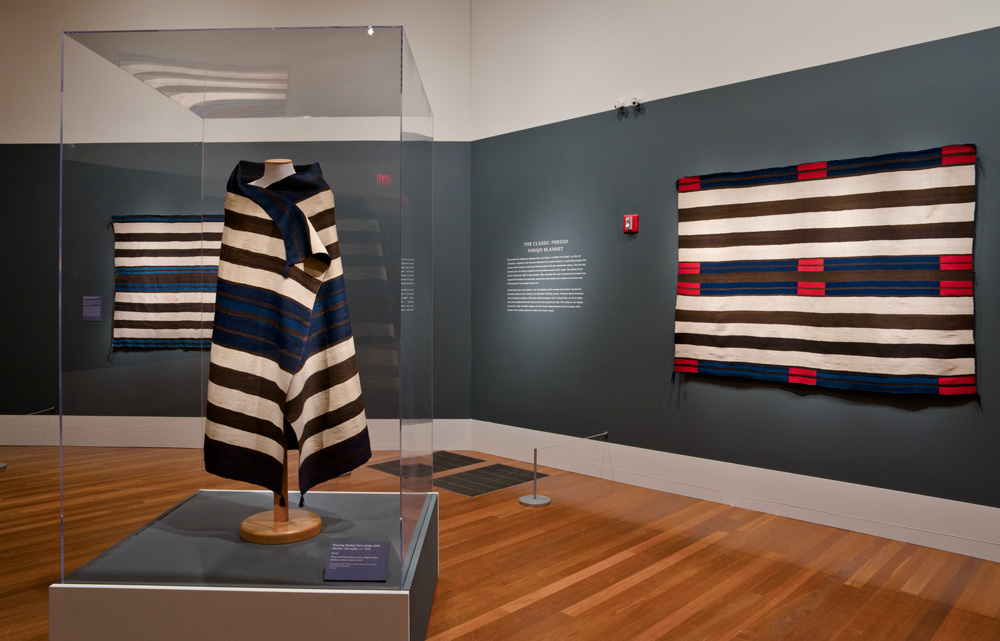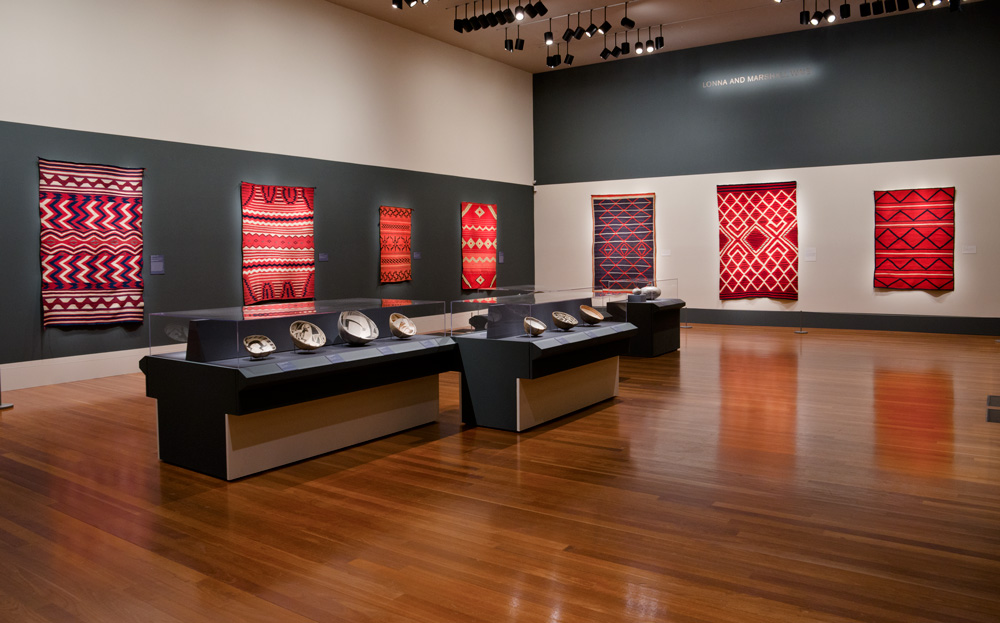The New York School and Navajo art meet in San Francisco
Navajo weavings were collected by many major American artists including Jackson Pollock, Andy Warhol, Tony Berlant and Frank Stella. A major exhibition of Native American art now showing at the De Young Museum, San Francisco shows the formative influence of this early American art on the early New York school and the California figurative movement
Lines on the Horizon: Native American Art from the Weisel Family Collection features around 70 objects and textiles from the extraordinary anthology that was recently gifted to the museum.
Thom Weisel comments “The strong artistic images drew me to this material but their historical context, as I learned, was equally compelling.” In the next issue of HALI, Jill D’Alessandro explains the heritage of Navajo weavings, the intrinsic influence that they had on a great number of 20th century artists, and how the powerful works on display first found their way into the collection in the 1970s on the advice of artist, Tony Berlant.

The de Young exhibition shows a cross-section of its recent gift of over-200 objects from The Thomas W. Wesiel Family. Three of its twelve premier examples of classic- and late-classic-period Navajo weavings are shown including in the foreground a Ute style chief’s wearing blanket, North America, New Mexico, ca. 1830. This prized first-phase blanket was collected by George Horace Lorimer (1867–1937), editor-in-chief of the Saturday Evening Post, in the early 20th century.

A selection of the 25 weavings included in the Thomas W Weisel Family’s gift of over 200 items of Native American art. The drama and visual impact of the Navajo weavings dominates the display, characteristics that informed the formation of the collection and led artists such as Warhol, Pollock, Jaspar Johns, Lichtenstein, Warhol, Judd and Frank Stella to collect Navajo weavings

The Navajo weavings currently on display at the de Young Museum in San Francisco are due to the enter the collection in 2016 as the gift of the Thomas W. Weisel Family


























Comments [0] Sign in to comment